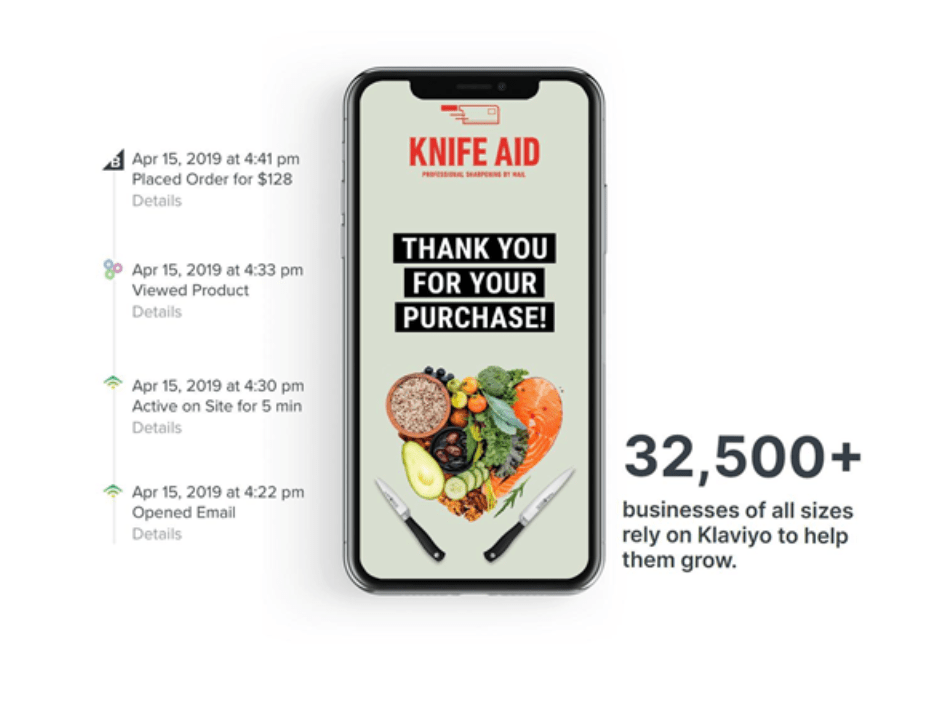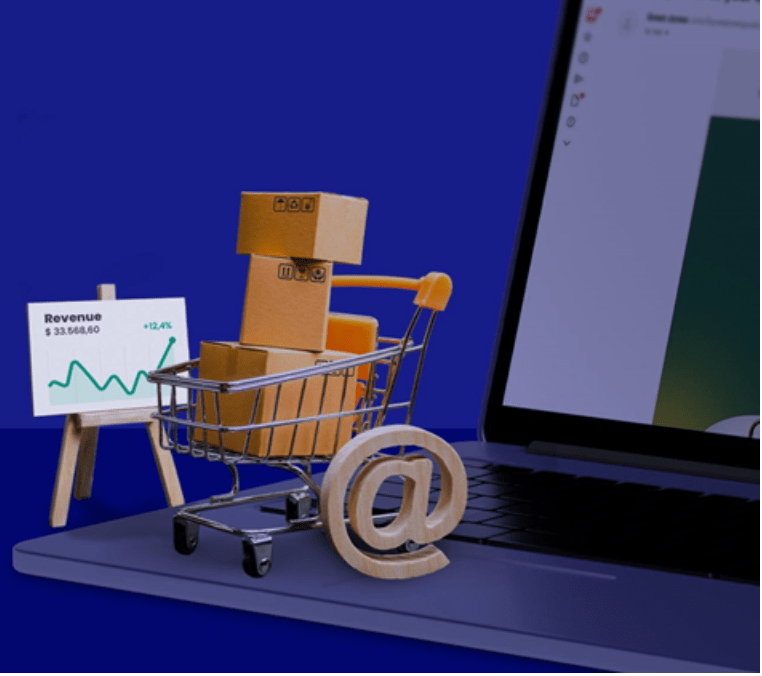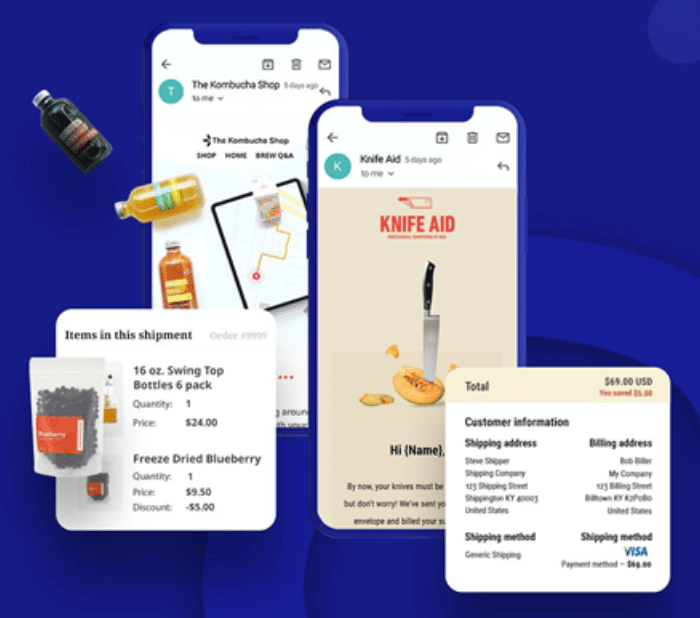Ready to dive into the world of email marketing? Choosing the right automation is the first step in setting yourself up for success. The right email flows can help you generate revenue, turn subscribers into customers, and ensure that existing customers remain loyal.
Imagine having a virtual assistant that could work day and night, guaranteeing increased email marketing revenue at an average of 3600% ROI globally and repeat customers. It sounds out of reach, but this is precisely what automated email workflows can do for your e-commerce business.
Between managing and organizing your customer's purchases, interests, and how engaged (or unengaged) they are with your brand, it’s almost impossible to communicate with all of your subscriber segments individually. However, more than ever, customers demand personalized service and brand communication.
That’s why a strong email automation strategy is vital for e-commerce businesses - not only does it allow your customers to feel consistently valued, it plays a pivotal role in moving them through the sales funnel.
Hire an email marketing agency to strengthen your campaigns.
What Is E-Commerce Automation?
E-commerce automation (or automating your email workflows) means using specific software to automate repetitive tasks that are usually completed manually. Automated email flows allow you to be in ten places at once without having to do much at all.
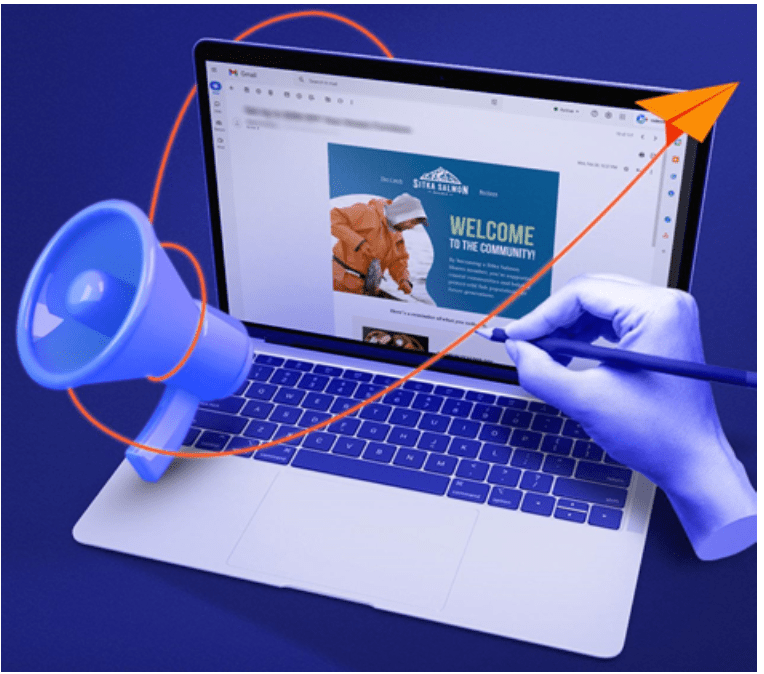
Automated emails are all triggered by a specific action. These can include customers abandoning their carts or new subscribers signing up for your emails. Once the customer performs whichever action triggers the flow, they’ll receive beautifully crafted emails intended to get them back to your site and onto the checkout page.
Essential Automated Flows
- Welcome flow
- Browse abandonment
- Cart recovery workflow
- Automated transactional emails
- Win-back workflow
Welcome Flow
When someone visits your home for the first time, you usually prepare something to make them feel welcome. The same thing applies when someone has just subscribed to your email list. The subscriber visited your site and wants to stay in touch just like a good friend does, so now is your chance to turn this new subscriber into a lifelong customer. There’s no better way to introduce your brand and explain what it can do for the subscriber than with a thought-out welcome flow.
Moreover, according to Invesp, subscribers who get a welcome email show 33% more engagement with the brand, and on average welcome emails generate up to 320% more revenue per email than other promotional emails. However, most times one welcome email doesn't suffice.
Instead, a welcome flow should contain at least 3-7 emails, depending on the complexity of your products and services. This gives you several opportunities to showcase your most popular products and build trust with leads through testimonials and personalized content from your leadership team.
You can also include helpful, informative content from your blog posts, if you have any, as well as insights into what makes your products and services so effective.
The goal of any good Welcome Series is:
- to demonstrate value
- to encourage leads to make their first purchase
Remember that once someone subscribes to your email list, it’s good practice to send a welcome series to build trust and familiarize them with your brand. They’ll appreciate that you took the time to welcome them to your brand.
Browse Abandonment
Browse abandonment occurs when a subscriber visits your website, browses a specific category, and leaves without adding anything to their cart.
Shortly after leaving, a subscriber will receive an automated message reminding them of their previously browsed products or suggestions for similar products.
Based on a SaleCycle report, browse abandonment emails have an 80.9% higher open rate and 50.5% higher click-through rate compared to traditional emails, while 28.04% of all browsers that open these emails will return to the site.
With these high open and click-through rates, sending a Browse Recovery Series is good practice to get potential customers back on your site.
Before you create a Browse Recovery Series, consider the following factors:
- The time someone spends on your page: For example, it's best to send a browse recovery email to a subscriber who browsed your page for more than 5 minutes and clicked on products rather than someone who spent less than a minute or two on your site.
- Frequency of visits: Along with calculating the time a subscriber spent browsing, you need to check which subscribers viewed a specific category of products more than three times.
- Last viewed item: The last item that the subscriber viewed is another factor that you should include in your Browse Recovery Series. Timing is important as you don’t want to send the email a few days after they've left your website. The best time to send an automated message is within a few minutes (or hours) after the subscriber leaves. This way the product they were browsing will still be fresh in their minds, and they’re more likely to come back and, hopefully, check out.
By setting up your Browse Recovery Series, browsers who were casually looking at your site will, hopefully, come back, and you’ll be that much closer to turning them into paying customers.
Cart Recovery Workflow
According to Shopify, 69.57% of online shopping carts are abandoned, and for every 100 potential customers visiting your website, 70 will leave without purchasing.
Let’s face it; everyone has abandoned their cart at one point or another. There are so many reasons for this. It could be that the Internet connection was painfully slow, someone was at the door, or the subscriber wasn’t ready to complete their purchase.
Since this is a frequent occurrence in any e-commerce business, it’s in your best interest to send an abandoned cart email to subscribers, reminding them to return to your site and finish shopping. You’d be surprised at how persuasive these reminders can be and how they allow you to recoup thousands of dollars in potential revenue.
If the first abandoned cart reminder gets the silent treatment, add a time-sensitive discount in the second abandoned cart email to close the deal.
If you still don’t get a response, consider sending a reminder email about the subscriber’s discount a couple of days later.
Automated Transactional Emails
When a customer completes a purchase, you should have an order confirmation workflow to address the process. When it comes to automated transactional emails, these messages have the highest engagement.
Omnisend’s 2020 e-commerce statistics report shows that order confirmation emails have an open rate of 54.32% and a 20.95% click rate. While shipping confirmations have an open rate of 60.55% and a 43.62% click rate. With extremely high open and click-through rates, your business has more opportunities to generate sales.
The automated transactional email workflow should include order confirmation, shipping confirmation, out-for-delivery email, and delivery confirmation.
The order confirmation email lets the customer know that their purchase was successful and should include the order date, items purchased, the purchase total, and the customer's shipping information.
The shipping confirmation email is sent to the customer when their order has been successfully shipped and should include the customer's shipping address, the items ordered, and the estimated delivery date.
The out-for-delivery touch is usually sent on the day the order is meant to be delivered and should let customers know what time they can expect their order to arrive. Both this and the shipping confirmation email should include a tracking link.
The final email in the order confirmation workflow is the order delivered email, which states that the order was delivered to the designated address. In this email, it’s also good to include a final thank-you and a way for customers to contact you if their order hasn't been delivered successfully.
Win-Back Workflow
Every e-commerce business has subscribers that go cold after a while. However, even though some of your audience becomes inactive, it doesn’t mean that you should forget them immediately. A strong, well-thought-out win-back series is the best way to rekindle a subscriber’s interest in your brand and encourage them to reconnect. Don’t believe it can work?
According to a Validity report, 45% of subscribers who receive a win-back message will read subsequent emails. So, all hope isn’t lost. It can reignite almost half of your subscribers' interest with a win-back workflow.
A win-back series is a sequence of emails that reactivate inactive customers and, if done correctly, can generate revenue. This flow is different from other kinds of automation about the trigger used.
For instance, you can choose different periods of disengagement to activate the flow, for example, subscribers who haven’t opened their emails for 180 days or more. To encourage inactive subscribers to return and shop, you can offer an incentive like a small discount or free item with their next purchase.
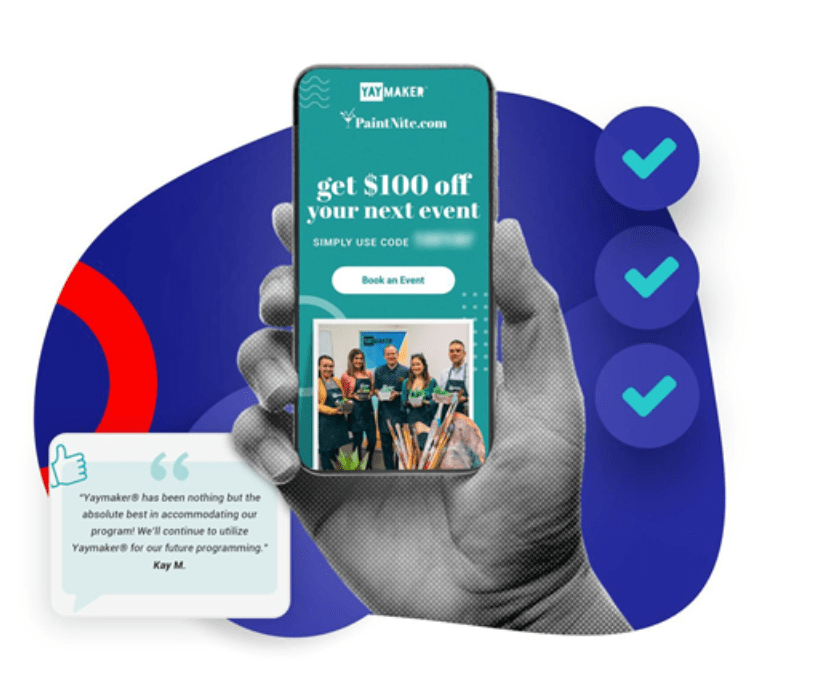
If the inactive customer doesn’t respond within a few days, you should wait at least 7-10 days before sending the second email. If you still don’t get a response after the second win-back email, send your third and final email.
This touch should encourage subscribers to unsubscribe if they prefer not to hear from you anymore or specify their preferences as we advance. You can send this about five days after the second email.
Once the five days are up and you still don’t get a response, removing the inactive customer’s email from your subscriber list is best not negatively to impact deliverability.
By Sending These Five Essential Automated Flows, You’ll Generate More Revenue for Your E-commerce Business
Implementing these five essential automated workflows into your e-commerce business can help prevent churn, generate revenue, and start moving new subscribers through your sales funnel while you take care of business.
Additional Reading:
- What are Email Leads & How to Grow Your Email List
- 8 Benefits of Email Marketing Management for Small Business
- Email Marketing Pricing Guide
